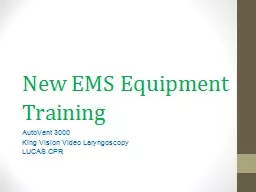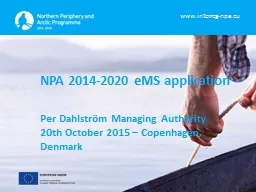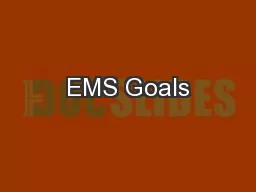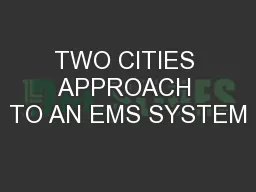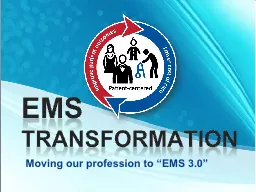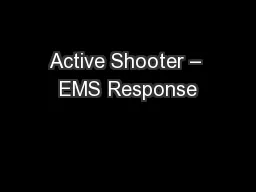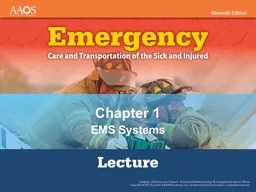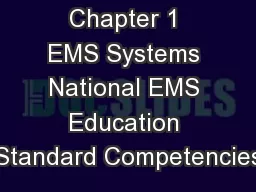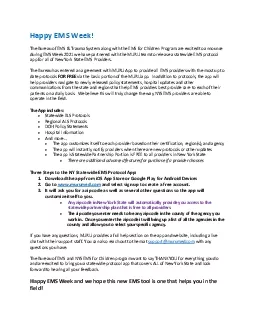PPT-New EMS Equipment T raining
Author : marina-yarberry | Published Date : 2018-11-01
AutoVent 3000 King Vision Video Laryngoscopy LUCAS CPR Goals BLS Providers To become familiar with the use and setup of the AutoVent 3000 King Vision Laryngoscope
Presentation Embed Code
Download Presentation
Download Presentation The PPT/PDF document "New EMS Equipment T raining" is the property of its rightful owner. Permission is granted to download and print the materials on this website for personal, non-commercial use only, and to display it on your personal computer provided you do not modify the materials and that you retain all copyright notices contained in the materials. By downloading content from our website, you accept the terms of this agreement.
New EMS Equipment T raining: Transcript
Download Rules Of Document
"New EMS Equipment T raining"The content belongs to its owner. You may download and print it for personal use, without modification, and keep all copyright notices. By downloading, you agree to these terms.
Related Documents

